Tarsilia do Amaral: the woman who invented modern art in Brazil
 If you are in New York City or plan on visiting, MoMA will hold a retrospective exhibition on the Brazilian artist’s work through June 3rd
If you are in New York City or plan on visiting, MoMA will hold a retrospective exhibition on the Brazilian artist’s work through June 3rd
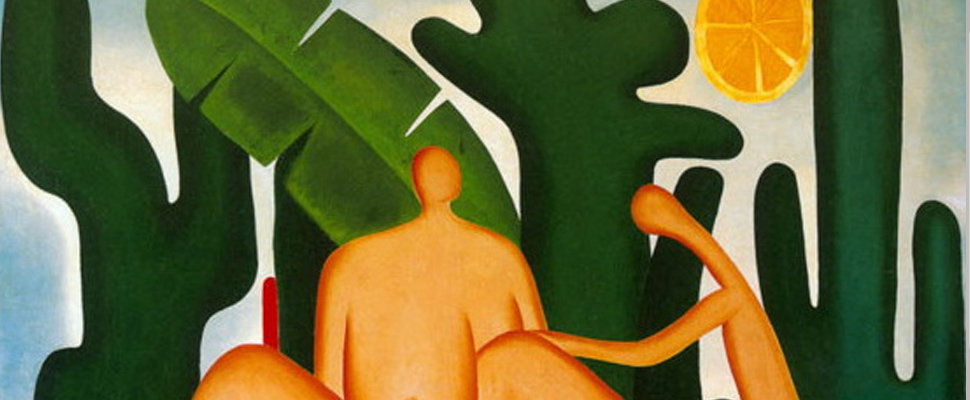
The Museum of Modern Art of New York is one of the most prestigious institutions that looks to bring works from all over the world. This time, one of the temporary exhibitions is dedicated to Tarsilia do Amaral’s life work.
In today’s art scene, the tropical colors and exagerated limbs may not seem that groundbreaking at all. However, this artist changed the way Brazilians create, not only paintings, but literature, fashion, and all sorts of cultural expressions. How did she manage to do so?
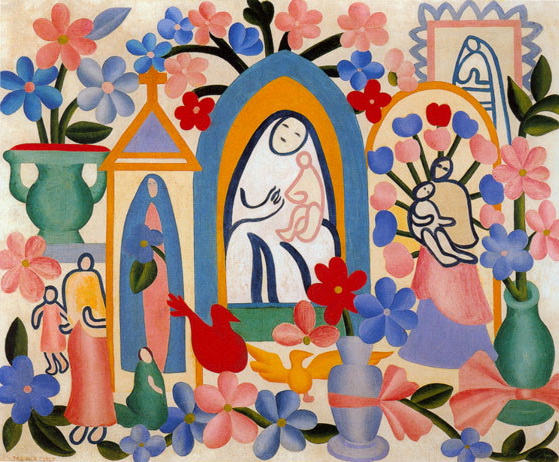
Amaral, born in a rural area just outside of Sao Paulo, was raised in a bourgeois culture that looked to the French as an example on how to act, how to produce art, how to live. For this reason, in 1920, when she was 34 years old, she traveled to Paris, where she studied art. Later on, she returned to her country, and began producing art that mixed what she had learned in the French capital with what she observed in her country. As MoMa explains:
“Upon her return in 1923, do Amaral was deeply inspired by the spirit this event had instilled in her friends—artist Anita Malfatti and writers Oswald de Andrade, Mário de Andrade, and Paulo Menotti del Picchia—with whom she formed the Group of Five later that same year. In the following months, she set out to explore her native country. She sought inspiration from the local landscape, characters, and popular culture, blending the innovations of the European avant-garde with a Brazilian vernacular sensibility to produce a body of work that was as personal as it was novel. Although her career spanned more than six decades, her most influential body of work dates from this early period, when her paintings and drawings became the visual icons of Brazil’s modern identity”.
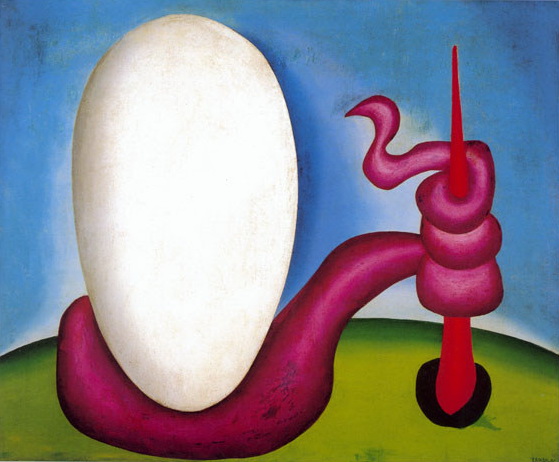
A woman who changed the course of her country’s art history
Amongst the many interesting facts of do Amaral’s biography, the one which stands out is how she became part of some of the most important movements of Brazilian modern art. One of her most famous paintings is “Abaporu”, which was the inspiration of her husband, the poet Oswald de Andrade, to write the “Manifesto of Anthropophagy”.
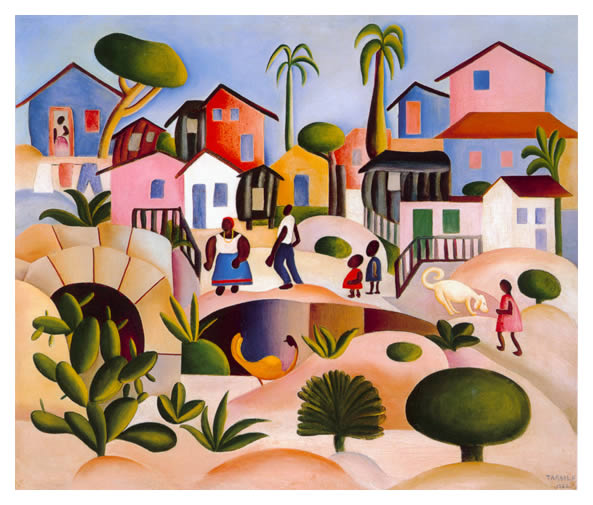
Anthropophagy, or Antropofagia in Portuguese, was a movement in Brazilian literature and art that “diagnosed Brazil's colonial trauma and imagined a national modern culture arising from the symbolic digestion—or artistic “cannibalism”—of outside influences”, according to MoMA. This movement was later used as an inspiration for other revolutionizing movements and artistic collectives, such as the Tropicália movement from the 1960’s.
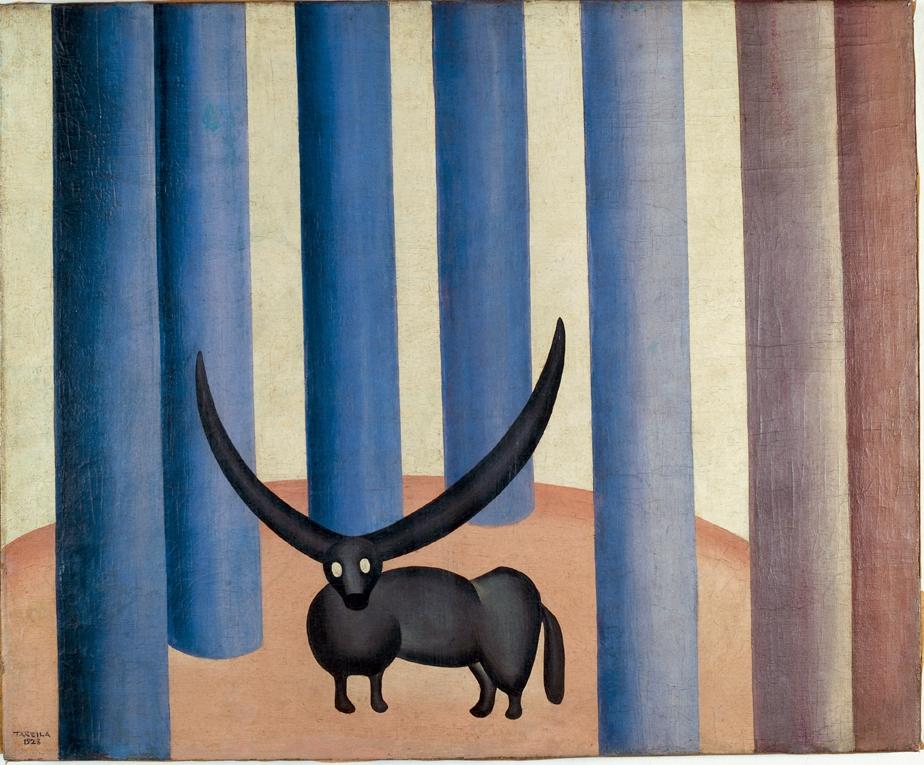
All of this experience and influence allows MoMA to describe do Amaral as “one of the leading figures in defining a Brazilian modernist tradition. Hers is one of many cases illustrating the centrality of women artists in modernizing art movements throughout Latin America”, who’s legacy extended “beyond painting, from literature and music to fashion and theater”.
Latin American Post | Laura Rocha Rueda






